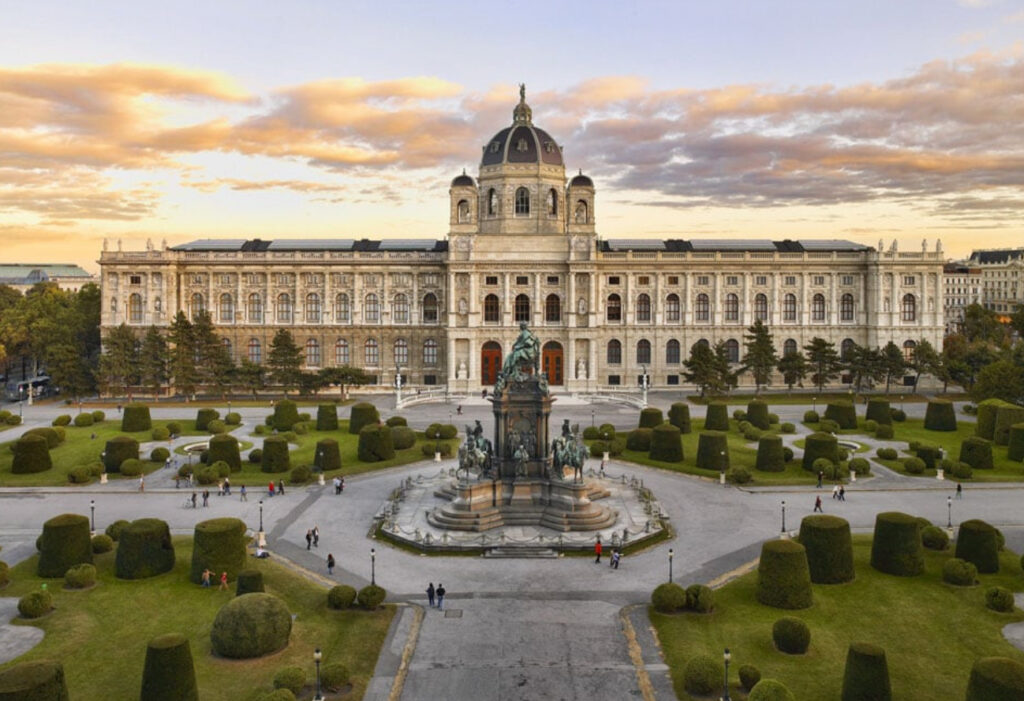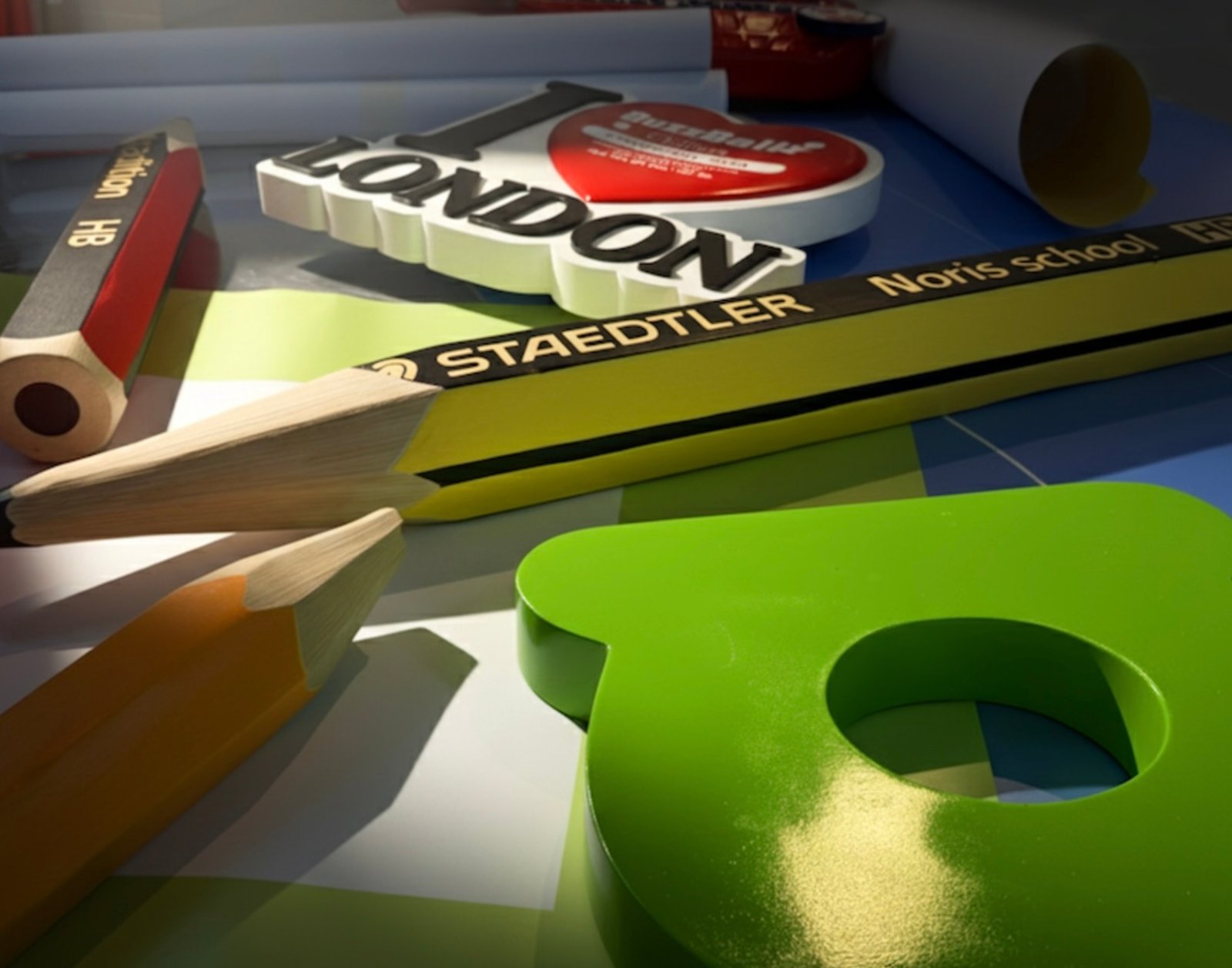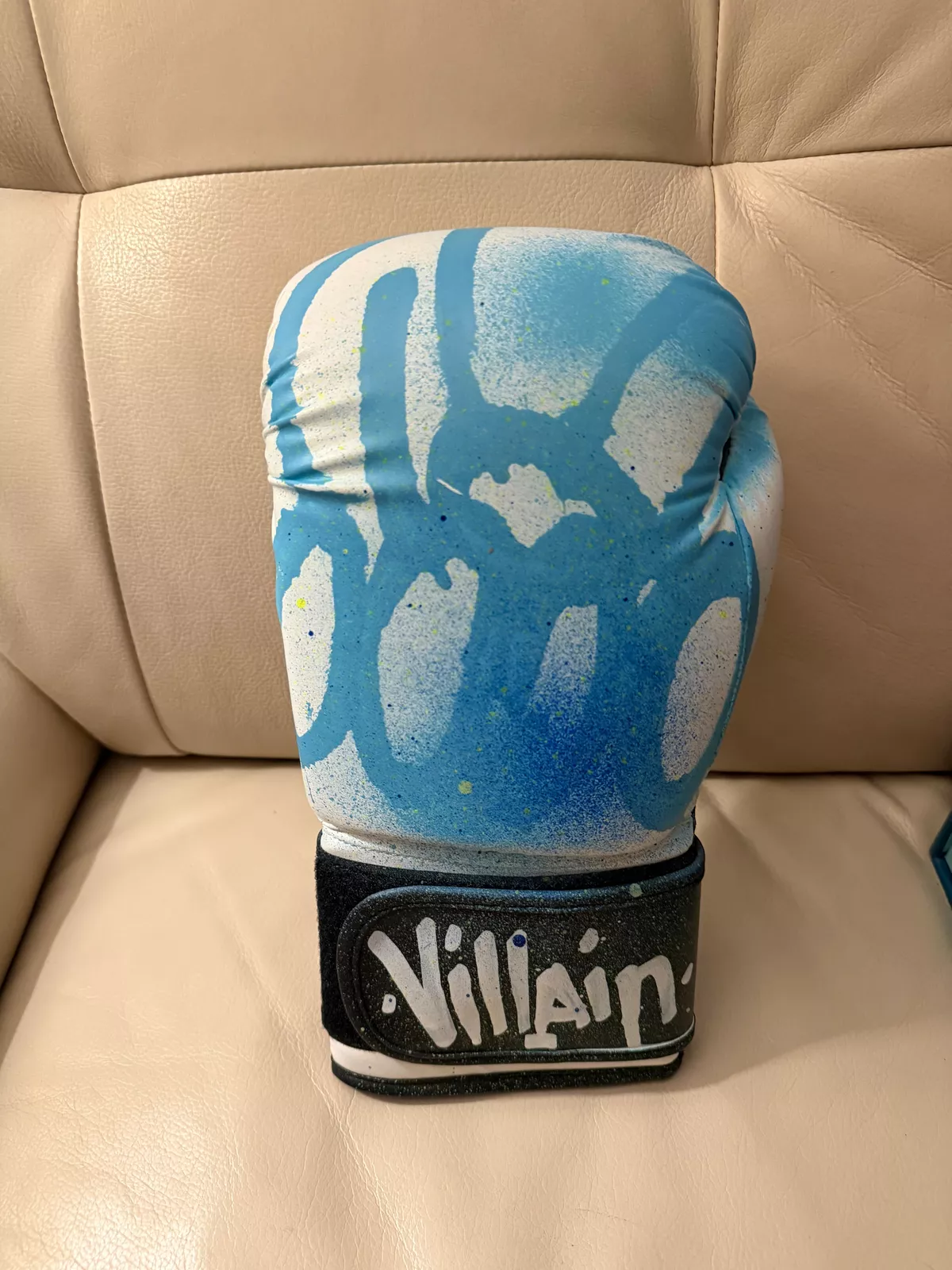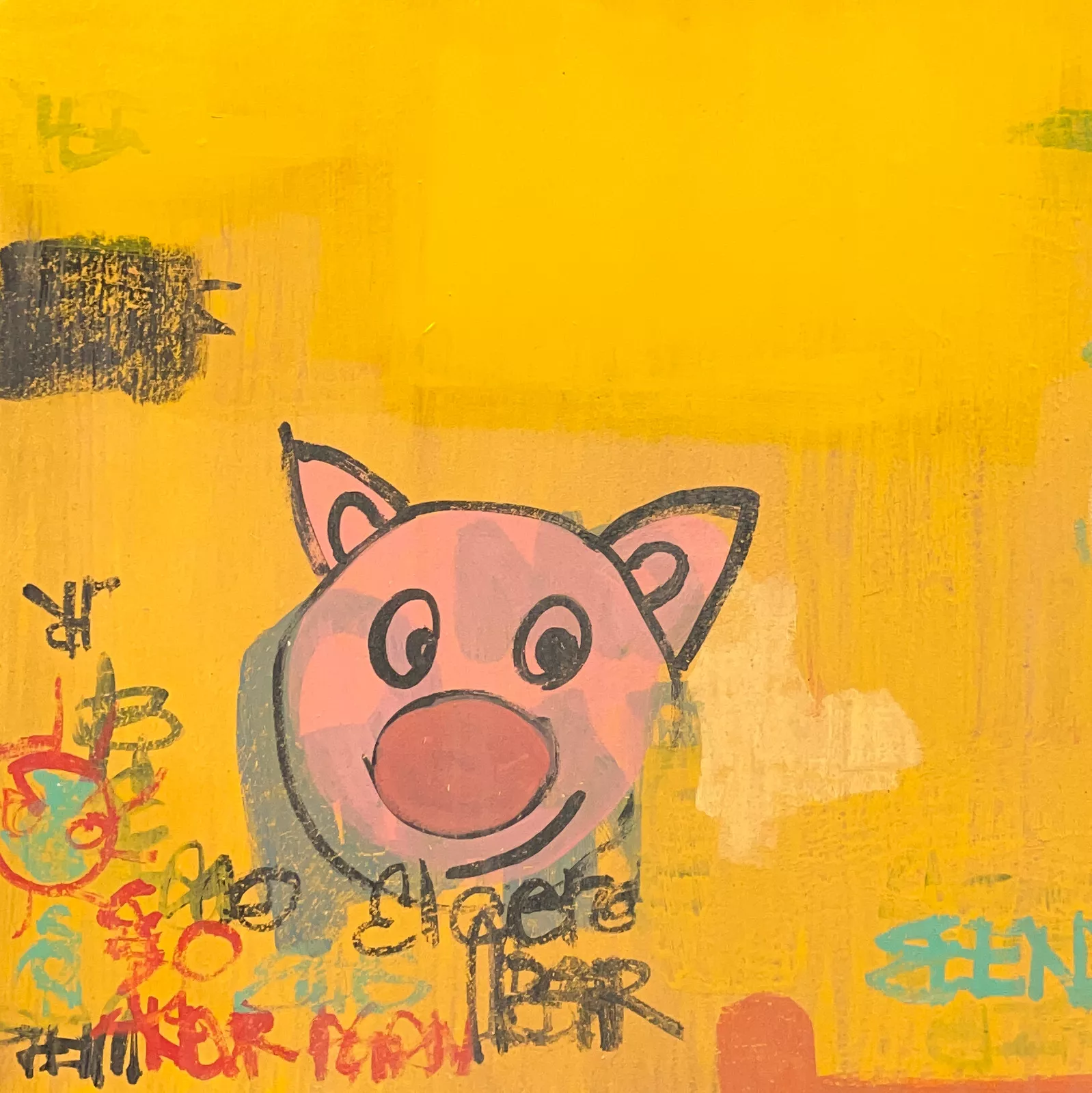Vienna, Austria, is a city of timeless elegance, a place where history and art converge to tell stories of grandeur, culture, and human creativity. At the heart of this cultural capital lies the Kunsthistorisches Museum Wien (Art History Museum Vienna), a monument not just to the artistic achievements of Europe but also to the ambitions of the Habsburg dynasty.
A Vision Realized: The Birth of the Museum
The Kunsthistorisches Museum Wien opened its doors in 1891, fulfilling the vision of Emperor Franz Joseph I. Commissioned as part of his grand plan to modernize Vienna, the museum was built to house and showcase the vast and diverse art collections of the Habsburg dynasty, one of Europe’s most powerful and influential ruling families.
The museum’s design reflects this ambition. Constructed in the Renaissance Revival style, its grand facade and opulent interiors evoke the grandeur of the Renaissance, a period that symbolized human achievement and artistic excellence. Positioned along Vienna’s iconic Ringstraße, the museum stands as a testament to the city’s transformation into a cultural and intellectual hub.
Stepping Inside: A Palace of Art
Entering the Kunsthistorisches Museum is like stepping into a palace of art. The grand staircase, flanked by marble statues and adorned with frescoes by Gustav Klimt, immediately immerses visitors in an atmosphere of magnificence. This opulence sets the stage for the treasures that lie within.
The museum is divided into several collections, each offering a glimpse into different eras, cultures, and artistic traditions. These collections are not merely exhibits; they are stories told through objects, each one a chapter in the grand narrative of human creativity.
The Old Masters: A Collection of Legends
At the heart of the Kunsthistorisches Museum is its collection of Old Masters, which includes some of the most celebrated paintings in art history. Walking through these galleries is like traversing a timeline of European art, from the delicate compositions of the Renaissance to the bold brushstrokes of the Baroque.
One of the museum’s crown jewels is the Bruegel Room, home to the world’s largest collection of works by Pieter Bruegel the Elder. His masterpieces, such as The Hunters in the Snow and The Tower of Babel, transport viewers to a world of intricate detail, allegory, and humanity. These paintings, with their rich narratives and symbolic complexity, invite viewers to look closer, to decode the stories hidden within.
Other highlights include works by Raphael, Titian, Rembrandt, Caravaggio, and Velázquez, each painting a window into the mind of its creator and the world they inhabited. The Old Masters collection is not just a display of skill and beauty but a dialogue between artists and their audience, a timeless conversation that transcends centuries.
Treasures of Antiquity: The Egyptian and Classical Collections
The museum’s collections extend far beyond European art, offering a comprehensive exploration of ancient civilizations. The Egyptian and Near Eastern Collection takes visitors on a journey through the sands of time, showcasing artifacts that date back thousands of years. From intricately carved sarcophagi to delicate papyri inscribed with hieroglyphs, these objects reveal the spiritual and cultural life of one of history’s most enduring civilizations.
Equally captivating is the museum’s Classical Antiquities Collection, which includes Greek and Roman sculptures, mosaics, and pottery. These pieces, with their emphasis on form, proportion, and beauty, reflect the ideals of classical art and philosophy. Standing before a marble statue of a Roman emperor or a Greek deity, one can almost hear the echoes of ancient voices, a reminder of the timeless nature of human expression.
The Kunstkammer: A World of Wonders
One of the museum’s most enchanting spaces is the Kunstkammer Wien, or Cabinet of Curiosities. This collection, rooted in the Renaissance tradition of collecting, is a treasure trove of marvels and oddities. From intricately carved ivory miniatures to mechanical automata, the Kunstkammer is a celebration of human ingenuity and imagination.
Among its many highlights is the Saliera, or Salt Cellar, crafted by the renowned artist Benvenuto Cellini. This gilded masterpiece, depicting Neptune and Tellus reclining amidst waves and mountains, is a symbol of the union between art and functionality. The Kunstkammer is not just a collection of objects; it is a window into the minds of the Habsburgs, their fascination with the world, and their desire to possess and understand it.
The Imperial Legacy
The Kunsthistorisches Museum is inseparable from the legacy of the Habsburg dynasty. For centuries, the Habsburgs were patrons of the arts, amassing a collection that reflected their power, wealth, and intellectual pursuits. The museum’s collections are a testament to their role as custodians of culture, a legacy that continues to inspire and educate.
The museum itself is an embodiment of their vision. Its grandeur, its meticulous curation, and its commitment to preserving and sharing the world’s artistic heritage reflect the Habsburgs’ belief in the transformative power of art.
A Living Institution
While the Kunsthistorisches Museum is steeped in history, it is far from a relic of the past. The museum is a vibrant institution that continues to evolve, hosting exhibitions, educational programs, and events that engage audiences of all ages. Its curators are constantly uncovering new insights, reinterpreting its collections, and exploring the connections between art, history, and contemporary culture.
Impression
The Kunsthistorisches Museum Wien is more than a museum; it is a journey through the human spirit, a celebration of creativity, and a repository of cultural memory. Its collections, from the Old Masters to the treasures of antiquity, are not just objects to be admired but stories to be experienced.
As you stand before a Bruegel painting, trace the hieroglyphs on an ancient scroll, or marvel at the Saliera, you become a part of this story, connected to the artists, patrons, and civilizations that came before. The Kunsthistorisches Museum is a reminder of our shared humanity, our capacity for beauty, and our enduring quest to understand and express the world around us.
In the heart of Vienna, this palace of art continues to inspire, educate, and captivate, a timeless treasure for generations to come.
No comments yet.







